
In 2021, I worked at a center for autistic adults with learning disabilities. For people with autism spectrum disorder, maintaining a structure of familiar patterns is an important part of moving through an often unpredictable world. For some of the center’s clients, this meant wearing the same small rotation of garments. T-shirts would be worn multiple times a week for years, even decades. In a world where textiles are often treated as disposable, I was inspired by the way the people I worked with saw basic garments as precious, worthy of preservation. The problem was that no one at the center – not the clients, not the staff – had the time or skillset to actually maintain the well-loved t-shirts. Holes littered the jersey, spreading with continued wear. So on quiet days, with the permission (and sometimes careful oversight) of the clients, I began to patch and weave over the holes in their shirts.
Very few people know how to mend clothing in the modern era, and the items we do pay to be mended tend to be expensive items that we save for special occasions. Most of the things we wear day-to-day are made to be cheaper to replace than they are to repair, and the thought of mending something like a t-shirt or pair of leggings is almost unheard of. But what if we treated our clothes like they were precious? What if instead of treating our t-shirts as disposable, we maintained them in a way that made them uniquely ours?
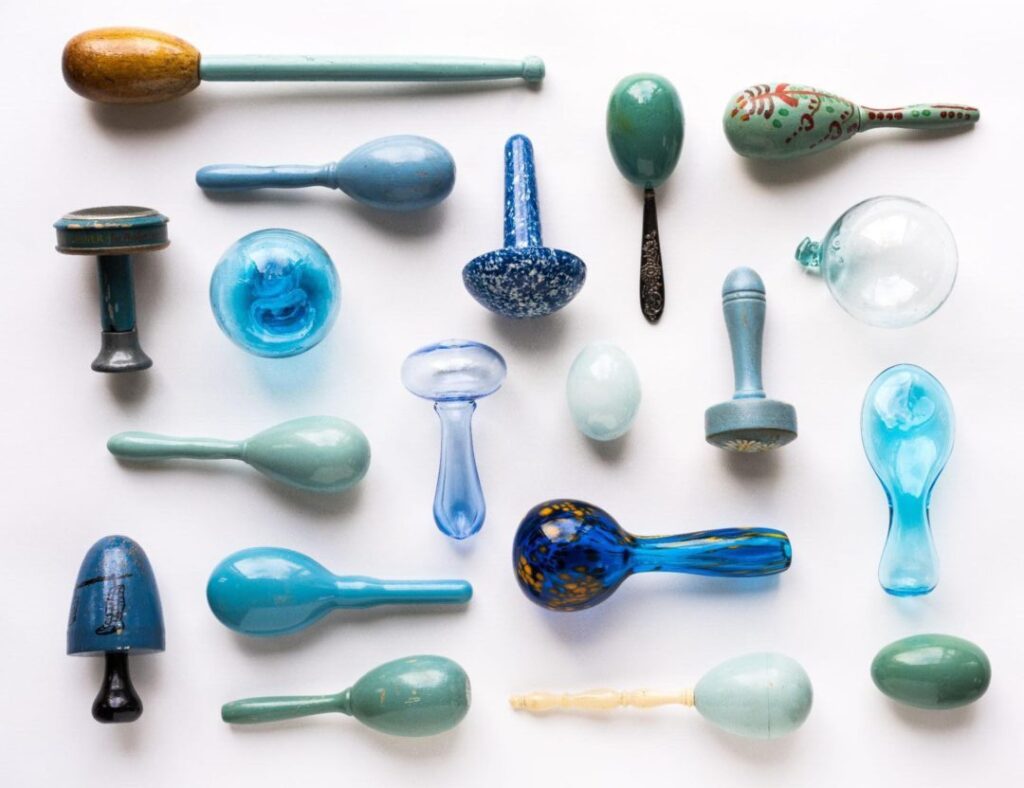
On Wednesday, November 13th, Sam Bennett and Rachel Smith will be teaching “Mending on Jersey” as part of the TATTER virtual mending series. Together, Sam and Rachel formed Repair Shop, a research and learning studio investigating maintenance, craft, and design. Both originally worked in the design industry, but were disillusioned by the amount of textile waste created by a constant desire by companies to grow and put out new designs. The constant striving for newness encouraged consumers to see their wardrobes as temporary, seasonal, only worth a few wears before they would need to be replaced. Repair Shop challenges this narrative by teaching people and industries how to maintain their garments and taking on commissions to save damaged yet treasured clothing from the scrap heap. In advance of their class, I spoke with Sam and Rachel. You can read our conversation and sign up for their class below.
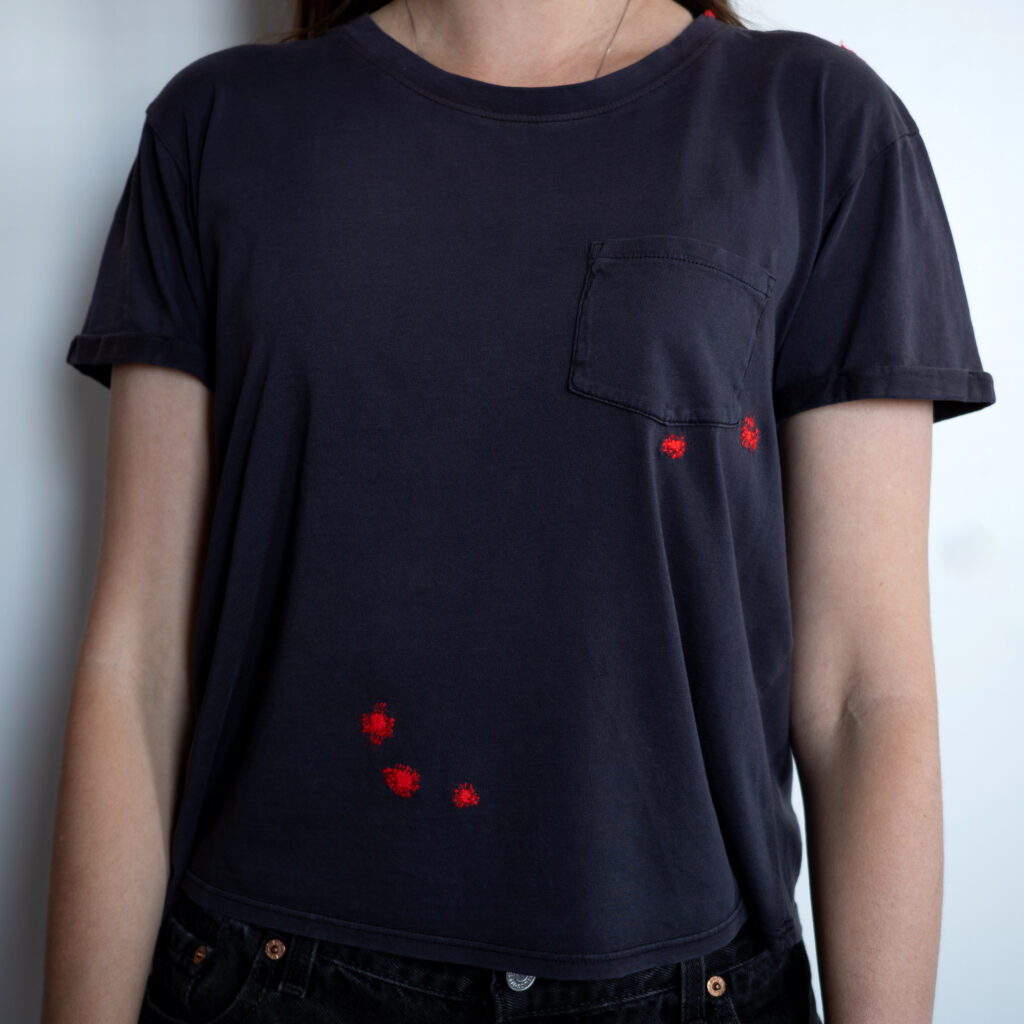
How did you two meet, and when did you decide to create Repair Shop?
SB: I met Rachel years ago at a party she hosted for her incredible Words of Mouth newsletter. We quickly realized we had a lot in common – we loved textiles, we both researched about the home in grad school, and we bonded over being generalists in the workforce. Rachel had started darning and I loved how small and careful it could be and wanted to learn. We spent an evening at her apartment drinking wine and darning together, and then we both started taking commissions. We quickly realized that like all repairs, they can be expensive and inequitable. We wanted more people to learn these skills, not only because it was important, but also fun. In 2021, we started Repair Shop and had our first workshop outside in Prospect Park. We were nervous, but it was so nice to share our skills and see how enthusiastic everyone was. We then created online workshops to be more accessible and began collaborating with public institutes like the Greenpoint Library to bring repair into circular education.
I love that on your website you pose three really critical questions for the design industry: upkeep, necessity, and impact. Do you think those questions also apply to small-scale crafters and makers? How do we mediate those questions as individuals?
RS: It’s a good question. I think many makers make because the act is fulfilling a deep-seated impulse, and it is so gratifying – physically, mentally, and emotionally. Creating things with no purpose, just to explore what your hands can do, to see an idea come to fruition, is one of the beautiful things about being human. I would never want us to hem that in due to sustainability concerns. Though I will always advocate for using repurposed materials whenever possible – it’s also just more fun. But small-scale makers and crafters are not the problem!!
That said, I’ve found that I can’t help but think about these questions of upkeep, necessity, and impact as an individual, for better or worse. It’s one of the reasons I tend to prefer, at this point, repairing things to making things new, from virgin materials. And if I do “make new,” I like to make pieces that will be used. I was making more conventional art for many years and started to develop an uncomfortable emotional response when I finished something – it was like a weight, a burden. I felt responsible for its existence, its future, where it ended up. I imagined my late-night weaving experiments offgassing for years in a landfill.
SB: Yes, I do think that these questions can be applied to small-scale makers and crafters, but it’s definitely not their responsibility to solve these larger issues that have been created by lack of funding and research by the government or by greedy corporations. I do think that makers can try to make small changes that fit their practices. I think Rachel and I both love the magic that can happen when working with something that already exists. There are a lot of rich stories that materials and objects hold and I feel fulfilled getting to add my touch to it. Working in this way has changed my mindset on a slew of things (waste is no longer waste, but potential) and it excites me to think that if more people thought this way and worked with their hands this way, then bigger change can and will happen.
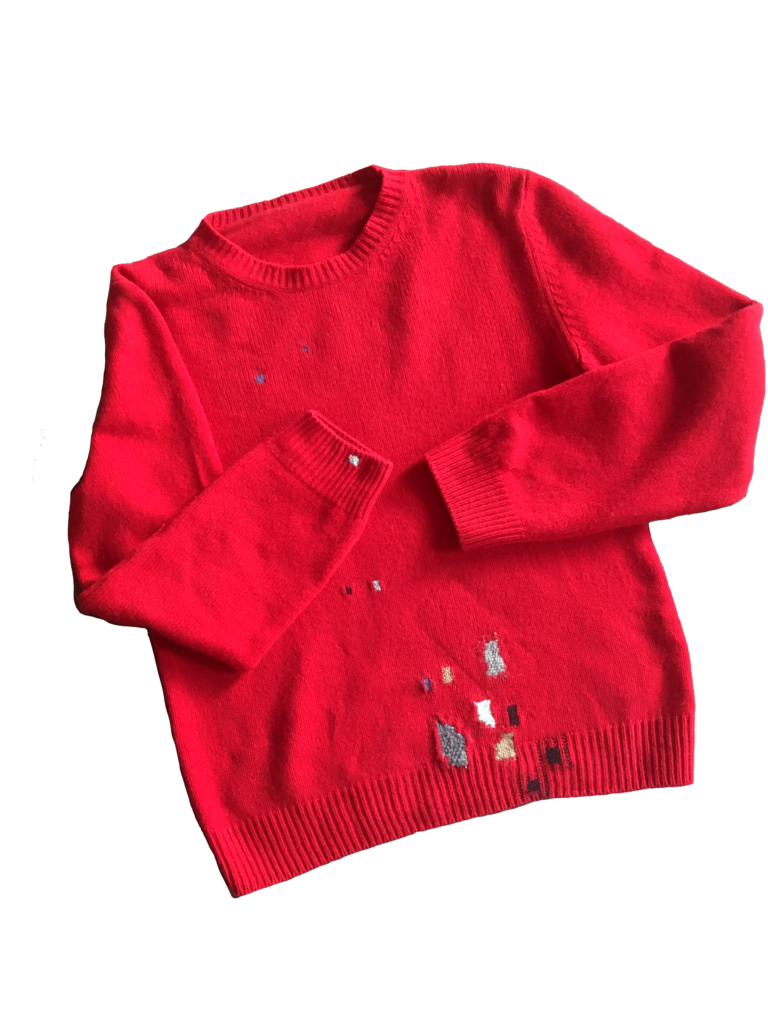
Do you have a favorite piece that you have been sent to repair as a commission? Have you ever been sent something “beyond repair”?
RS: Probably Anna’s gloves, because we repaired them as a duo – each taking one glove – and because they would have seemed to fall into the category of beyond repair. We sing her praises in every workshop when sharing the image of that repair. 90% of people would’ve tossed those gloves when they got their first hole. She kept them until they were truly tattered, then invested in a repair.
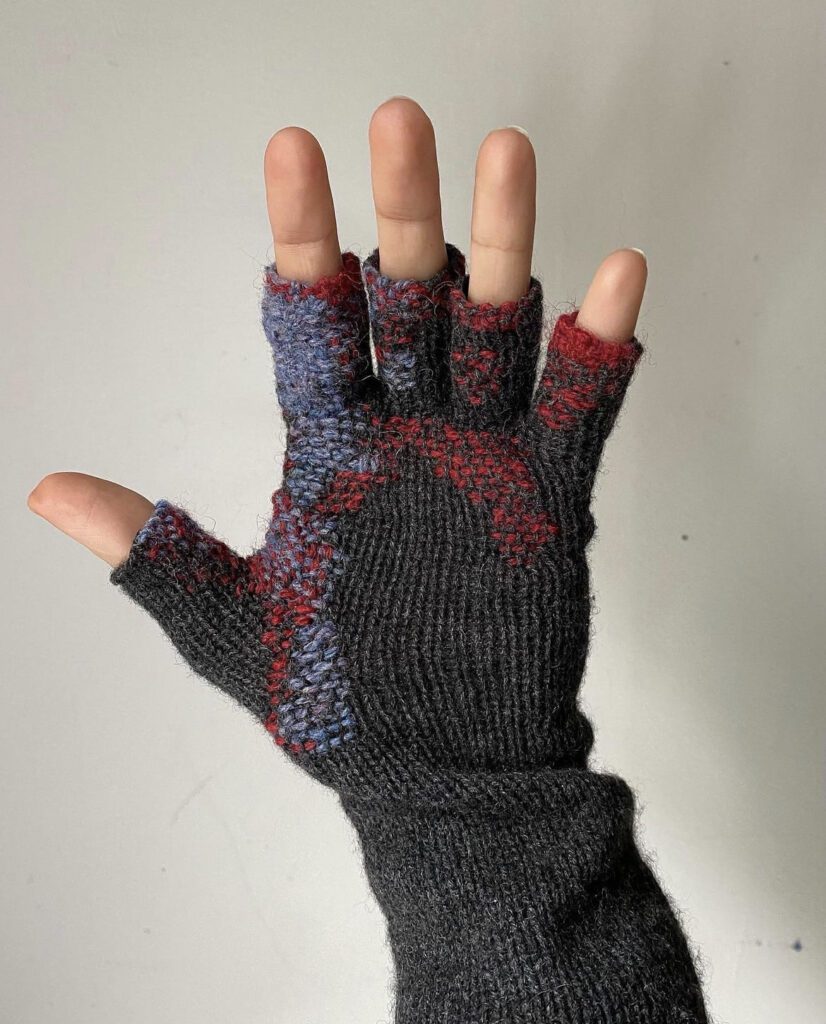
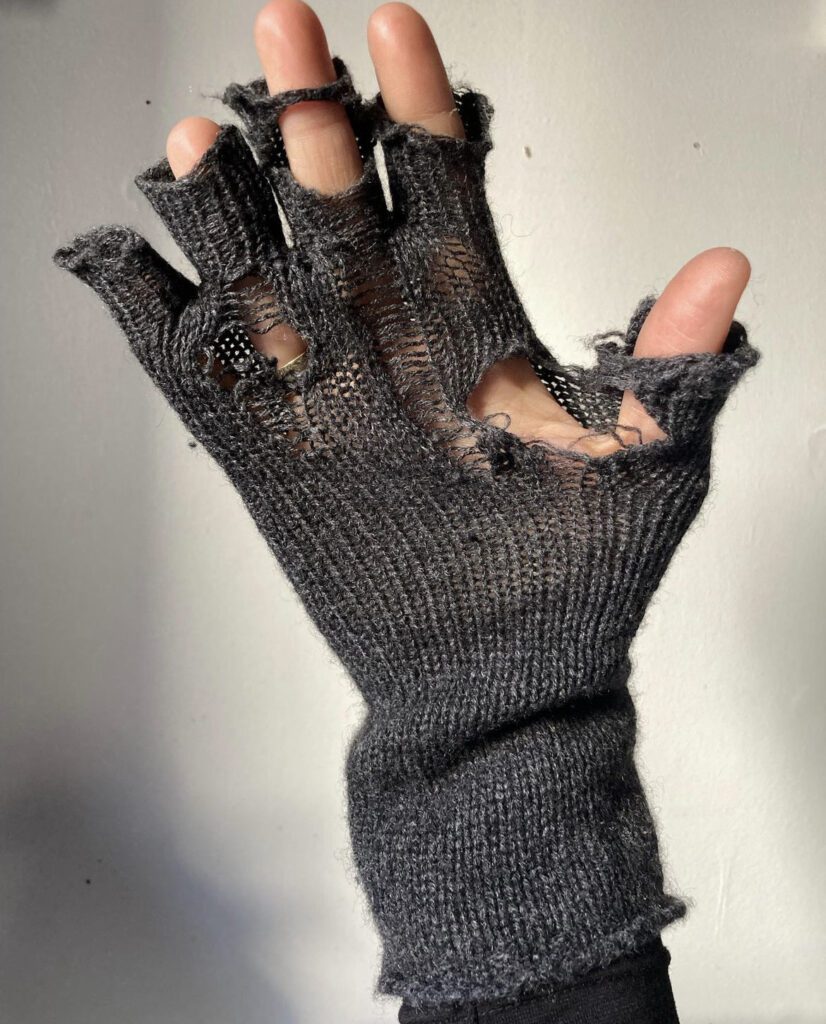
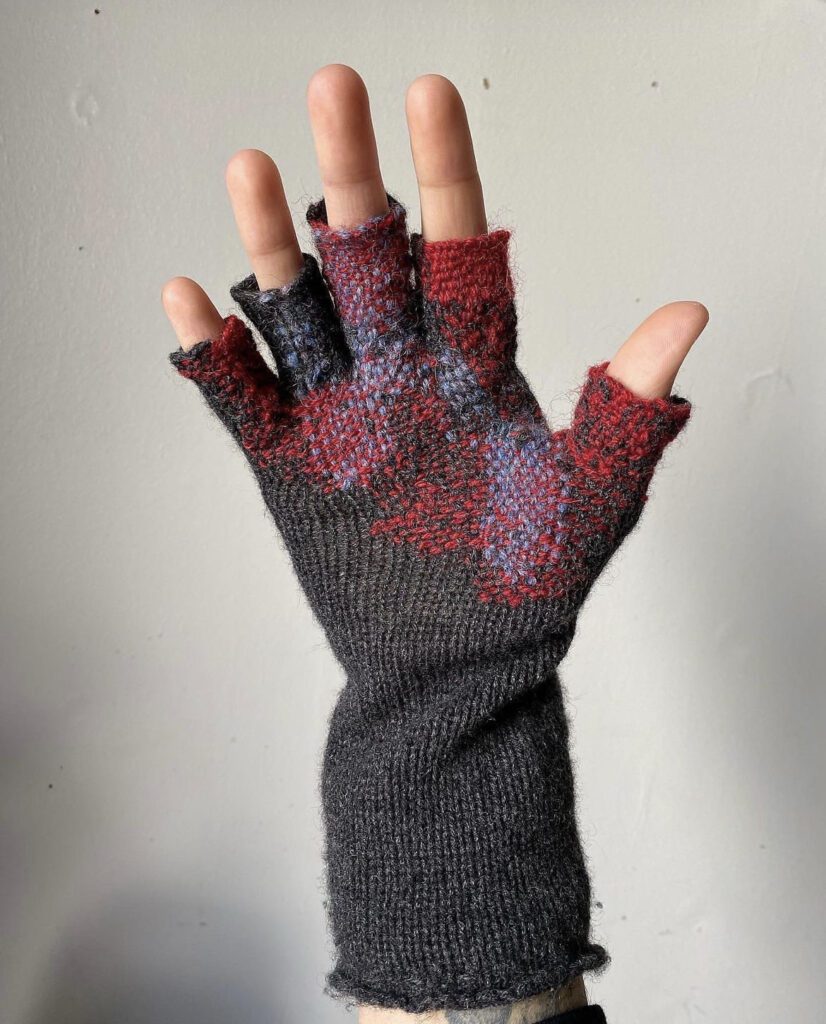
I think some things are beyond repair in that there’s no going back to what they once were, but their materiality can almost always be repurposed. If your favorite t-shirt gets chewed up by the family dog, it might behoove you to start thinking about what else the scraps can be—a bandanna? Quilt pieces? Patches for another t-shirt?
SB: Yes, ditto! I love those gloves and it was so nice to repair them collaboratively using some of our favorite colors, and our hands as the tensioning devices (instead of a darning mushroom or egg). As Rachel was saying, many people would have thrown the gloves out, so I do want to stress the importance of noticing when something is becoming worn or develops a small hole. With a garment, it’s best to fix it as soon as you can and that also means not wearing it until you do. Otherwise, things can become “beyond repair.” That isn’t the end of the object’s potential though. For instance, I’ve had some truly shredded t-shirts – massive holes everywhere – and I recently learned to create rag rugs out of the scraps from my friend Mariah Smith who co-runs Rag Rug Study Group with Mae Colburn. It’s a perfect example of creating something new that can hold a lot of memories.
LEARN WITH REPAIR SHOP
